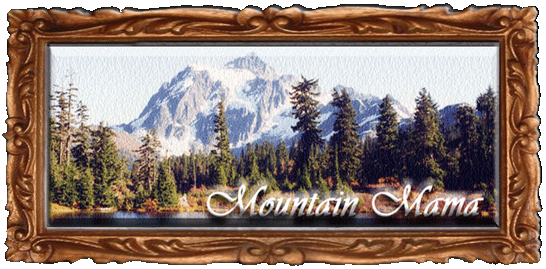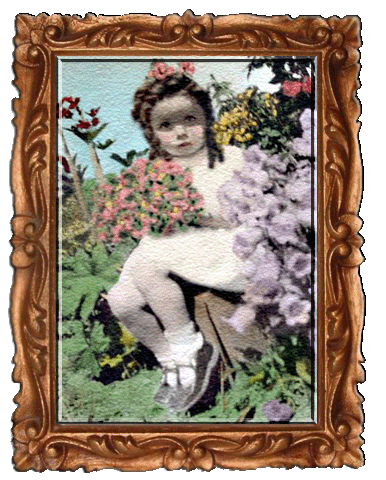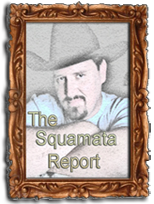 I have lived in this same area all my life, and have always assumed that Salmonberries grew everywhere because they grow in abundance here. Apparently this is not so. Our dear friend Susie asked about them so I did a little research and this is what I learned.
I have lived in this same area all my life, and have always assumed that Salmonberries grew everywhere because they grow in abundance here. Apparently this is not so. Our dear friend Susie asked about them so I did a little research and this is what I learned.
Salmonberry, Rubus Spectabilis (who thinks up these silly names?) is native to the west coast of North America from southern Alaska to California. It is found in moist forests and stream margins, especially in the costal forests. Most I have seen are a golden color but as you can see in the last photo, they are also red.
They were an important food for the Native American. They were gathered to use in pemmican, and I'm sure they used them in many other ways also.
It is said the name came about because of the first Nation's fondness for eating the berries with half dried salmon roe. However I have always thought the berries 'resembled' clusters of salmon roe.
Incase you don't know what Pemmican is, the Native American people made it by combining dried fish, meats, fruits and mixed this with nuts and other food sources. They carried it in pouches when traveling. It was an important food source as it held most of the vitamins and minerals a body needs. I can't begin to imagine what it tasted like and really don't care to.
Now about the salmonberry jelly I mentioned in my last post, the color was absolutely beautiful, a rich golden shade. I have to admit it really lacked flavor and would be much better combined with another fruit, or maybe rhubarb even.
Back in those days of making do, my little ones liked it just fine on their peanutbutter sandwiches. Is was sweet and very pretty to look at.
I didn't have a recipe, but just mashed the berries down and simmered them a few minutes then strained the juice and mixed in some sugar and a little lemon juice and cooked it until it coated a spoon nicely. After it was in the jars I remember admiring the lovely color.
I have made my own jams and jellies since I was first married in 1955, and learned that if a batch of jam didn't set up it was great for pancakes, waffles or ice cream topping. Nothing was wasted.
Ok, so now you know about salmonberries and pemmican. If you didn't already know, you learned something new today.
God bless you all
|











0 Comments:
Post a Comment
<< Home